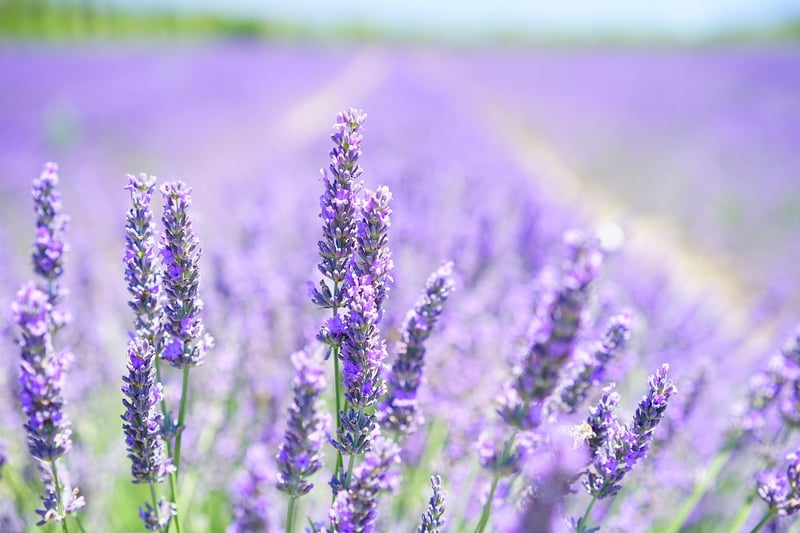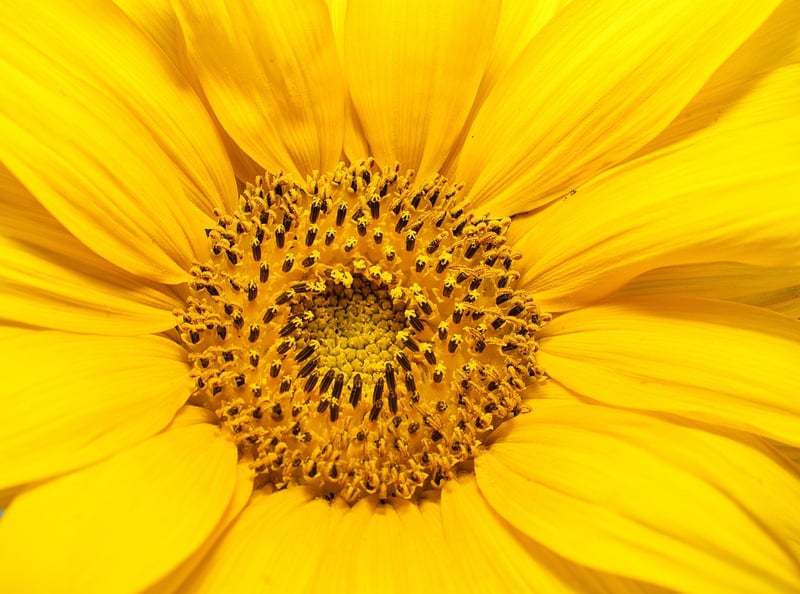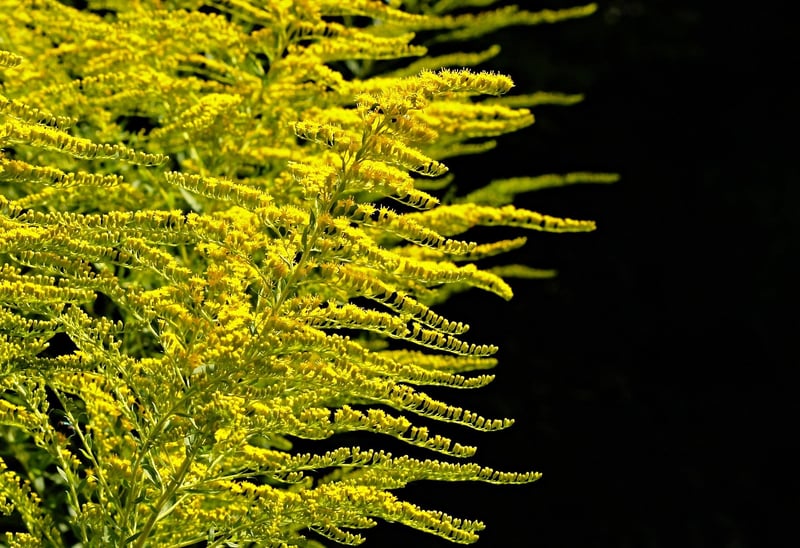Bee-Friendly Plants
Supporting Local Wildlife with Bee-Friendly Plants
Do you want to make a positive impact on your local ecosystem while beautifying your garden? One simple way to achieve this is by planting bee-friendly plants. Not only do these plants attract and support essential pollinators like bees, but they also contribute to the overall health of your garden and the environment. Let's explore how you can support local wildlife by incorporating bee-friendly plants into your outdoor space.
Why are Bees Important?
Bees play a crucial role in pollinating flowering plants, including many of the fruits, vegetables, and nuts that we rely on for food. Without bees, the process of pollination would be severely disrupted, impacting not only the natural ecosystem but also agriculture and food production. By supporting bee populations, we help maintain biodiversity and ensure a sustainable future for our planet.
Benefits of Bee-Friendly Plants
Bee-friendly plants provide a vital food source for bees and other pollinators. These plants are rich in nectar and pollen, offering sustenance to bees throughout their lifecycle. By planting a variety of bee-friendly flowers, shrubs, and trees, you can create a diverse and vibrant habitat that supports a wide range of pollinators.
Top Bee-Friendly Plants to Consider
- Lavender - Known for its fragrant purple blooms, lavender attracts bees and butterflies while adding a pop of color to your garden.
- Sunflowers - These cheerful flowers produce abundant pollen and nectar, making them a favorite among bees.
- Black-Eyed Susans - With their bright yellow petals, black-eyed susans are a popular choice for attracting bees and other pollinators.
- Salvia - This herbaceous plant comes in various colors and is a favorite of bees due to its long flowering period.
- Butterfly Bush - As the name suggests, this shrub attracts both butterflies and bees with its fragrant blooms.
Tips for Planting Bee-Friendly Gardens
- Choose Native Plants: Native plants are well-suited to your local climate and soil, making them attractive to native bee species.
- Plant in Clusters: Clustering bee-friendly plants together makes it easier for bees to forage and increases the chances of successful pollination.
- Avoid Pesticides: Opt for natural pest control methods to protect bees from harmful chemicals that can disrupt their health and behavior.
- Provide Water Sources: Bees need access to clean water, so consider adding a shallow water dish or a small fountain to your garden.
Get Started Today!
By incorporating bee-friendly plants into your garden, you can create a welcoming environment for bees and other pollinators while enhancing the beauty of your outdoor space. Start small by adding a few bee-friendly plants and gradually expand your garden to support a thriving ecosystem. Together, we can make a difference in supporting local wildlife and promoting biodiversity.
Remember, every flower counts!


